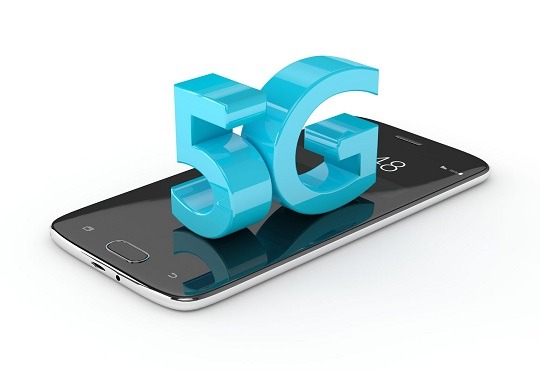
Vodacom Launches First Live 5G Network Footprint in South Africa
Vodacom Mpumalanga Region has become the first network provider in that province to switch on the first live 5G mobile network in Mbombela Municipality, with other municipal districts in the pipeline.
The 5G network is currently available on six live 5G sites in Mpumalanga province and supports both mobile and fixed wireless access services. Vodacom customers with 5G enabled devices, and within a 5G coverage area, are now able to access the new 5G network in Mpumalanga province.
Critically, the latest mobile networking technology will ultimately help the region bridge the digital divide between the urban and rural areas of the province by extending access to affordable mobile broadband, especially as an alternative to fiber connectivity in underserviced township areas.
In May 2020, Vodacom switched on South Africa’s first live 5G mobile network in three cities – Johannesburg, Pretoria and Cape Town. This network supports both mobile and fixed wireless services and is currently available in Gauteng and in Cape Town.
To launch the 5G network in Mpumalanga, Vodacom used the temporary spectrum assigned by the Independent Communications Authority of South Africa (ICASA), specifically 1×50 MHz in the 3.5 GHz band. Vodacom has decided to use the 700 MHz band for wide scale mobile, 5G coverage and is supplementing network capacity with 3.5 GHz where required.
Zakhele Jiyane, Managing Executive for Vodacom Mpumalanga Region said, “My team and I are pleased to become the first network provider to roll-out the fastest and latest, fifth generation (5G) network in Mpumalanga province. This is a full demonstration of our commitment to invest in the latest networks to give our customers access to networks that provide fast speeds.
Beyond speed, the biggest benefit of 5G is its low latency, or the short lag time between a device pinging the network and getting a response, meaning a surgeon may not need to be in the same room as a patient in the future to perform critical surgery.”
Short for the ‘fifth generation’ wireless mobile network, 5G is the newest iteration of our global mobile networking standard. It promises much higher download and upload speeds, lower latency (the time it takes for a connected service to respond to your command) and far greater capacity, speed and increased coverage. 5G offers three major advantages: Speed: 5G is around 10 times faster than 4G.
It is designed to work at average speeds of 150-200Mbps, and peak speeds can reach above 1Gbps. This means people will be able to download a full 4K film in around 3 minutes (compared to over 15 minutes on 4G).
Low latency: latency is the time it takes for a device connected to an online service to respond to your inputs or instructions, otherwise known as lag. Reducing this time lag is crucial in making, say, virtual reality (VR) and augmented reality (AR) applications faster to respond and Huge capacity: this just means that it can handle lots of people and services accessing the network at the same time, even in densely populated areas.

